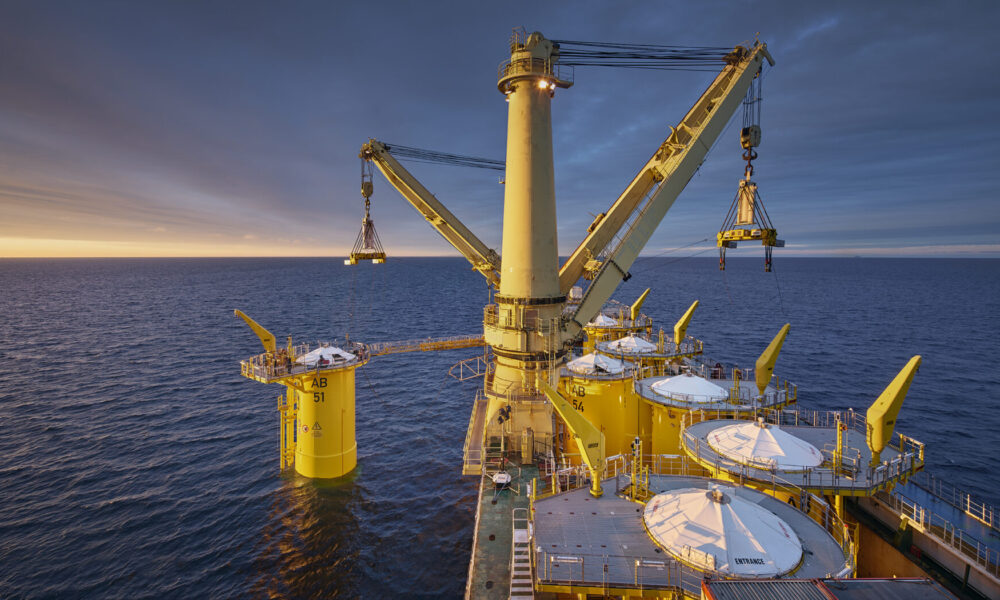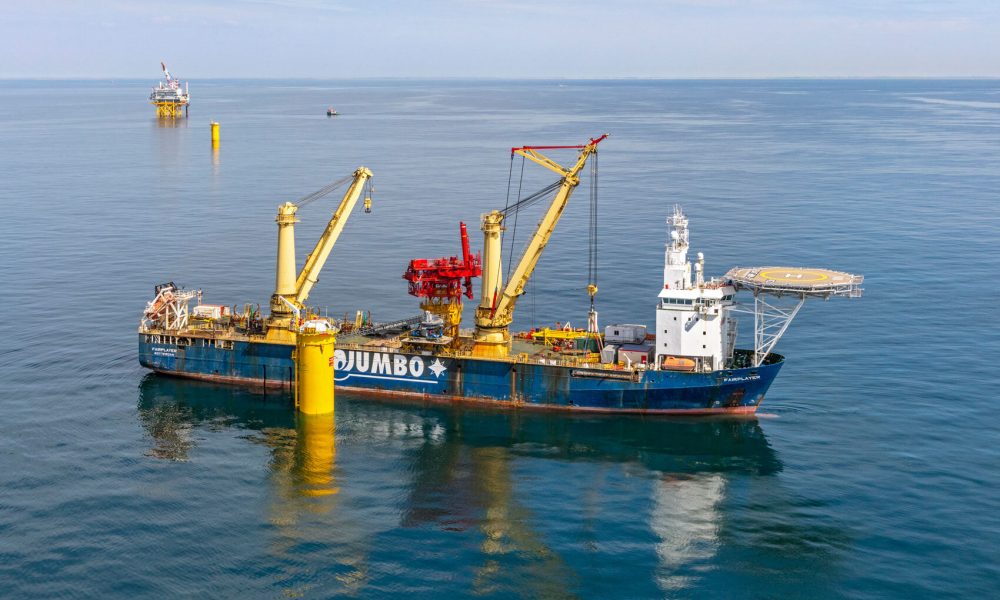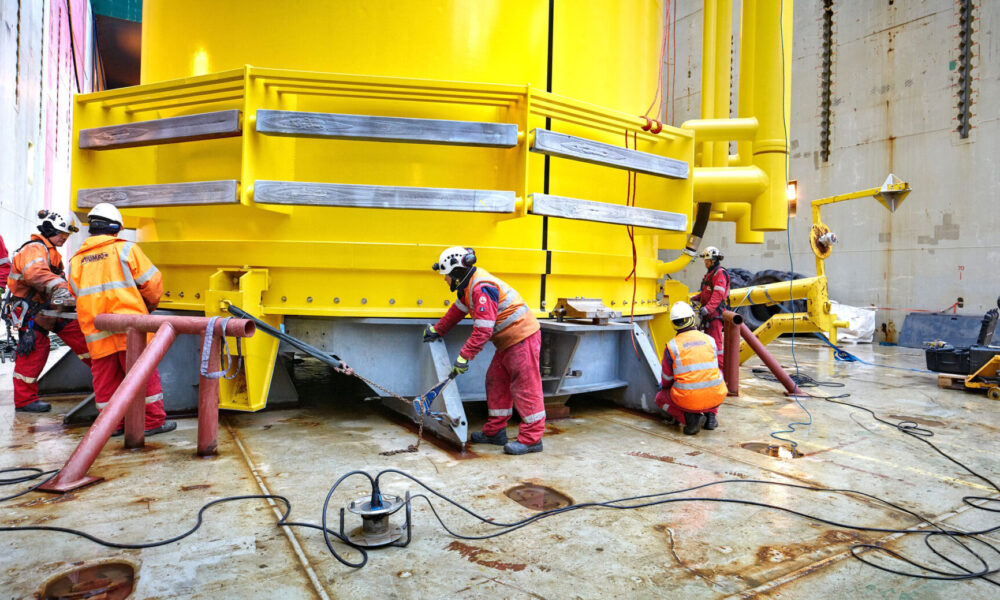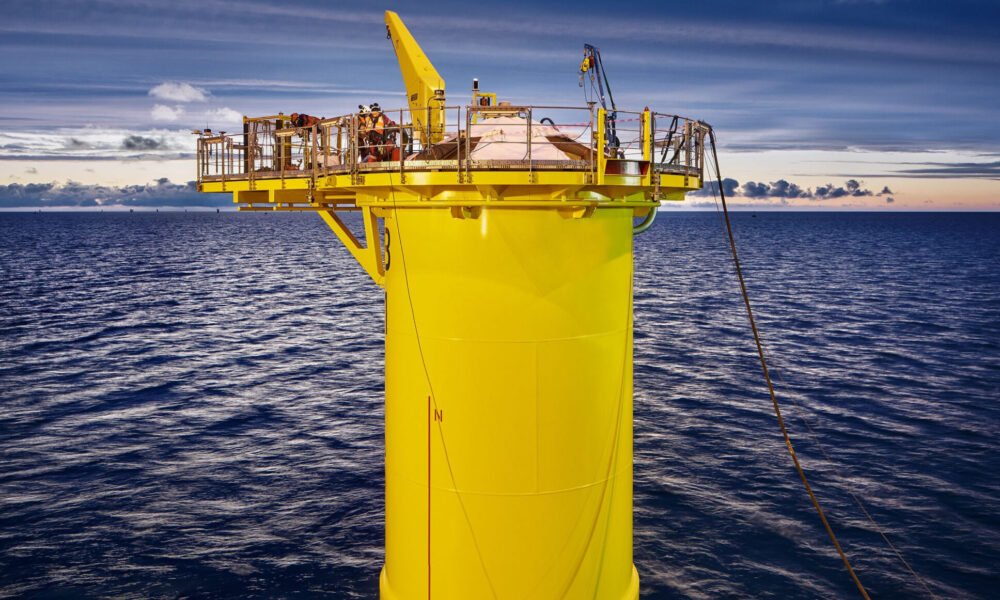Setting the standard?
Is regulatory restriction the way forward for offshore wind – or will a free market approach yield more rapid returns?
With increasingly ambitious targets in the coming years, the pressure is on to reduce emissions. The impact is widespread with both governments and industry required to play their part. The challenge is particularly acute in the EU, which has set itself the goal of making Europe the world’s first climate-neutral continent by 2050.
The work is already underway, with a target to reduce European CO2 emissions 55% by 2030 compared to 1990 levels. Responses to the European Climate Agreement are varied, but for any country with a coastline it almost certainly involves an increase in offshore wind installation.
The reaction of the Dutch Government provides a good example. As is detailed on its official North Sea website, the government, which had previously set itself the target of generating 11.5 GW from offshore wind by 2030, has upped its game by 9.5 GW, with a new target of 21 GW.
Not plain sailing
For the contractors with the task of installing the necessary extra capacity, however, it’s not all plain sailing, says Milad Sheikhi, Head of Sales and Business Development – Offshore Wind at Jumbo Offshore.
“You hear people talking about an arms race in offshore wind. That’s not a bad way to describe it. In a bid to reach the ever growing demand for offshore renewable energy, developers are designing increasingly large turbines, with increasingly large capacities. At this stage, a couple more capacity increases are anticipated.
The challenge this presents, he says, is that while contractors want to invest, no one knows precisely what to invest in and what periods to calculate for returns on investment.
“Say we wanted to build a new vessel to support the next generation offshore wind foundations. To make a viable concept we would need to have dimensions and lifting capabilities, based on the size and weight of the foundations of the future. And you need to be looking 25 years ahead to cover the lifecycle of the vessel. We might think we know what the future looks like now, but three years on, when the vessel is in the water, the situation might have changed completely.”
Finding the right capacity
This represents a considerable threat – not only for vessel operators, but also for financers who run the risk of putting their money into a vessel that may have insufficient or over capacity.
“Either way you’ve ended up with a vessel that is under dimensioned or which is not economical if it is over dimensioned.”
The ideal situation would be to construct a flexible vessel able to work with the current generation of turbines and prepared for modification in the future if/when there is a move to larger turbines.
“You see this happening already with ship propulsion. Today’s vessels are being designed with space reserved to enable the switch to dual or alternative fuels in the future. It’s more difficult, however, with a crane vessel. In order to upgrade to a larger crane later on, you’re going to need a vessel that’s already got the required dimensions and stability.”
Seeking solutions in standardisation
Milad is not the first offshore wind specialist to reach the conclusion that standardisation of wind turbines and components might be the answer. Such an approach is currently receiving a lot of attention amongst governments and industry bodies.
The Netherlands Wind Energy Association, for example, has proposed a maximum blade tip height of 305 metres, with a tip clearance of 25 metres above mean sea level, with a minimum installed capacity of 14MW. The idea would be to implement this so-called North Sea Standard for a fixed period of ten years, thereby providing the industry with some certainty.
“Standardisation would make things more predictable. We’d be able to quantify things knowing that we can count on the viability of our investments for a fixed period of time. It would also give investors the confidence they need to commit.”
Additionally, it will potentially cap the project costs, Milad says. “You see some projects are currently being cancelled in the US due to cost increase or some utility companies in the Netherlands withdraw from offshore wind auction. One reason could be that current foundation dimensions are only within the capacities of certain installation vessels. This makes the demand high, increases costs and amongst other reasons could potentially cause projects to be cancelled.”
Standardisation also brings focus, and for smaller scale companies such as Jumbo Offshore focus is very important. With standardisation, vessels are utilised in more dedicated works in accordance with their capabilities and capacities. An example of this would be that for foundation installation, vessels with crane capacities up to 1500 tons will focus on secondary steel/transition piece installations and vessels up to and beyond 5000 tons will focus on monopile/jacket installations.
Exceeding the limits
This is not the end of the story, however. Developers are already thinking beyond the capabilities suggested by proponents of standardisation. Indeed, there already exist conceptual designs of foundations that exceed the installation capacity.
Furthermore, states Milad, there is a counter argument for unrestricted development of offshore wind.
“With larger capacity turbines you can achieve more installed power with less installation work, less maintenance. This, arguably, is a way to advance the business case of offshore wind, reducing the costs involved and generating a better return.”
A more rapid transition?
Plus, he says, it could well be in the interests of governments not to intervene too far in implementing restrictions on turbine size.
“Restrictions on blade size have consequences for CO2 targets. If governments want to reach their goals in 2030 and 2050 then allowing growth could be one way to go about it – especially when you consider the absence of a level playing field internationally. It’s all very well for European governments to implement standard sizes, but offshore wind is a growing phenomenon in the US and in Asia, too. If those areas don’t enforce restrictions then turbine developers and contractors are still going to have to find a way forward.”
“Restrictions on blade size have consequences for CO2 targets. If governments want to reach their goals in 2030 and 2050 then allowing growth could be one way to go about it – especially when you consider the absence of a level playing field internationally”
Milad SheikhiHead of Sales and Business Development
Driving the market
What implications would such a scenario have for contractors? The jury is still out Milad says, but he’s willing to take an educated guess at what might happen.
“I’ve not got any answers – no one has. But I can imagine a situation where, in place of equipment being driven by turbine sizes, the equipment is in the lead. Perhaps the larger capacity vessels will find their own market. There are already examples of this. We’ve seen large offshore crane vessels working in the renewables sector against all expectations. What happens is, knowing the capabilities exist to install them, developers have increased the size of turbines.”
It is, he admits, a risky strategy, to construct a vessel in the hope that the industry will grow in line with what it can do.
“Large-scale advances in the sector are only likely to come during economic good times, when people have the confidence and the capital to invest. There’s a 25 year window in the life of a vessel, so we can expect that it will experience some boom times, so this certainly makes it interesting.
“The way to go about this would be to maintain a certain amount of flexibility. Then, during the times the vessel was not so active in a dedicated purpose built market, it could pick up tasks in other markets.
“It makes sense, however, that if we were to reach agreement on what the future wind turbines and their foundations looked like for ten years before advancing to the next step as Netherlands Wind Energy Association suggests, we would be able to construct a cost efficient vessel that would drive down the costs of transport and installation. As long as the turbine designs of the future are not known, there is the risk that sub-optimal vessels will be built, taking into account too many potential development scenarios.
“It’s an interesting topic and one which will certainly continue to be a subject of discussion in the coming years. No one can predict the future, but any efforts to further stimulate the offshore wind sector will have a positive impact on our planet.”



